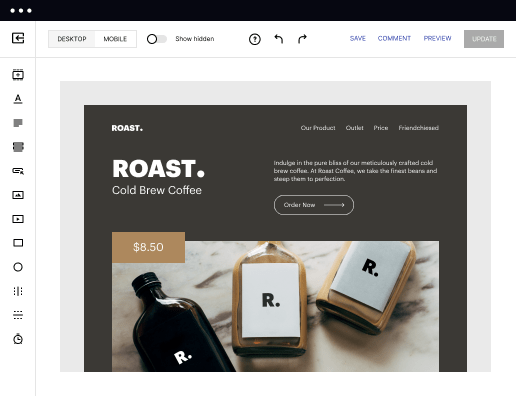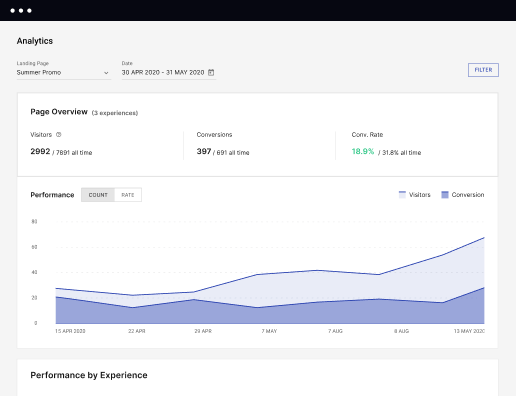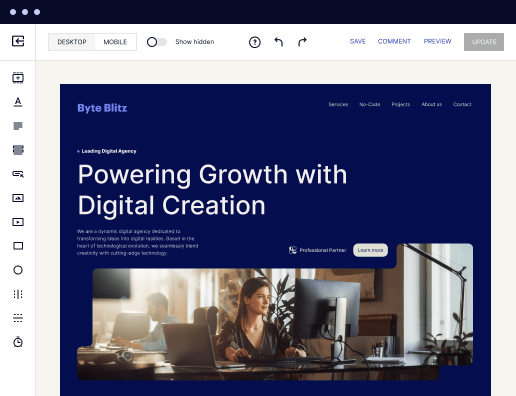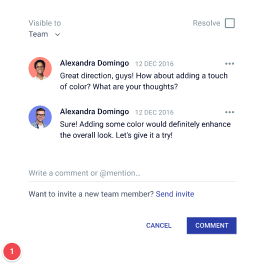Make your virtual learning website on CentOS — start with a template or design from scratch
From pre-built designs to complete customization, create your virtual learning website on CentOS. Start leveraging all of Instapage's advanced tools now!
Build your virtual learning website on CentOS effortlessly with Instapage
Landing pages serve as interactive business cards for your brand, providing a specific approach to engaging different customer segments. The ability to build your virtual learning website on CentOS that boosts your brand with the right tools becomes a breeze. Instapage is a full-featured platform offering user-friendly design controls and wide-ranging customization to improve your digital presence.
Follow these steps to make your virtual learning website on CentOS:
- Log into your Instapage account. Click on CREATE PAGE and select whether to start with a template or a blank page.
- Label your landing page—this will help you locate it later in your dashboard.
- Insert new blocks from the library to build your page structure. Organize and tailor each block by pasting your own text, images, and media objects.
- Use the AI content assistant feature to create high-quality content for your page.
- Edit the mobile version separately to make sure your landing page looks great on all devices.
- Once you're happy with your landing page, select the right publishing option. You can publish it as a demo by creating a subdomain, then visit your page via the generated URL to see it online.
- After publishing, you can still apply edits to your landing page or unpublish it if necessary.
Instapage provides all the needed tools to create your virtual learning website on CentOS with ease. By using its comprehensive features, from AI content generation to advanced analytics, you can successfully scale your online presence and achieve your marketing objectives with precision and creativity. Our platform offers an excellent solution for anyone willing to improve their digital marketing efforts and achieve higher engagement and conversion rates through optimized landing pages.
Sign up for a free 14-day trial today and see for yourself!
Get more out of Create your virtual learning website on CentOS
Improve your Quality Score with quick load technology for landing pages
Increase conversions with content that aligns with your ads and audiences
Achieve maximum ROI by scaling your marketing initiatives
Leading the way in building high-performing landing pages





FAQs
See how to create your virtual learning website on centos in action
Ready to skyrocket conversions?
Supercharge your ad campaigns with high-performing landing pages.
Get started
















